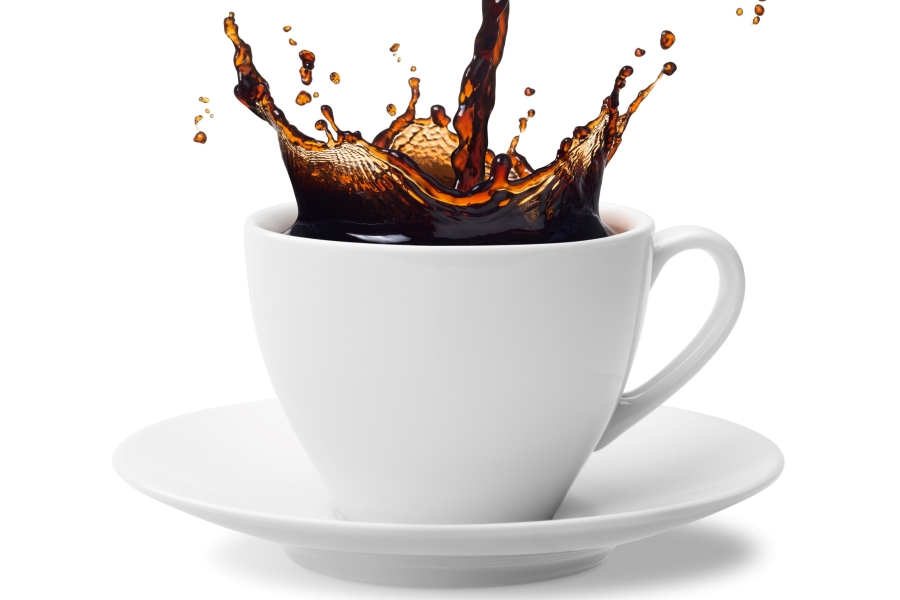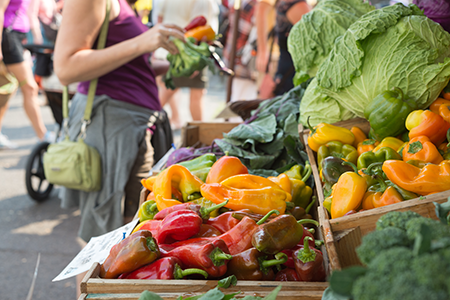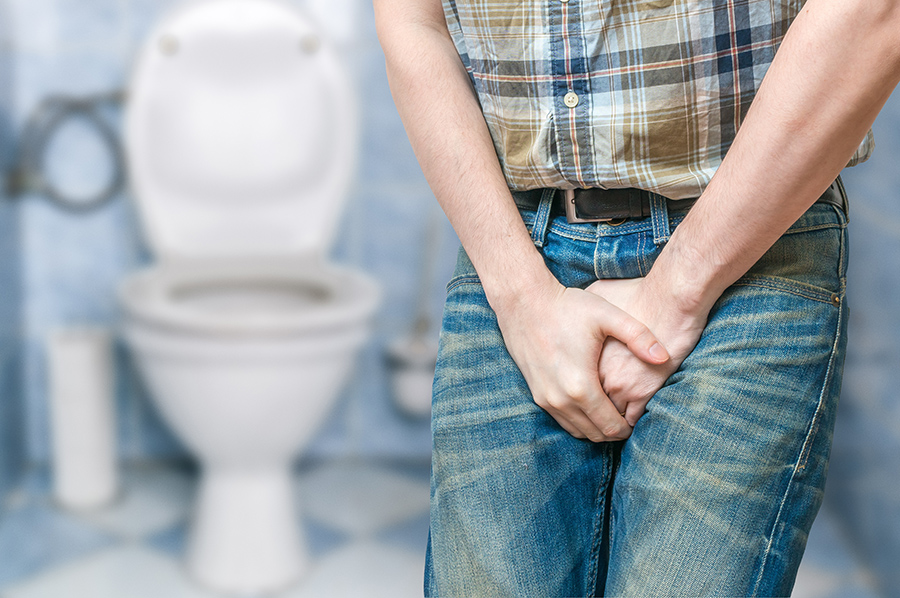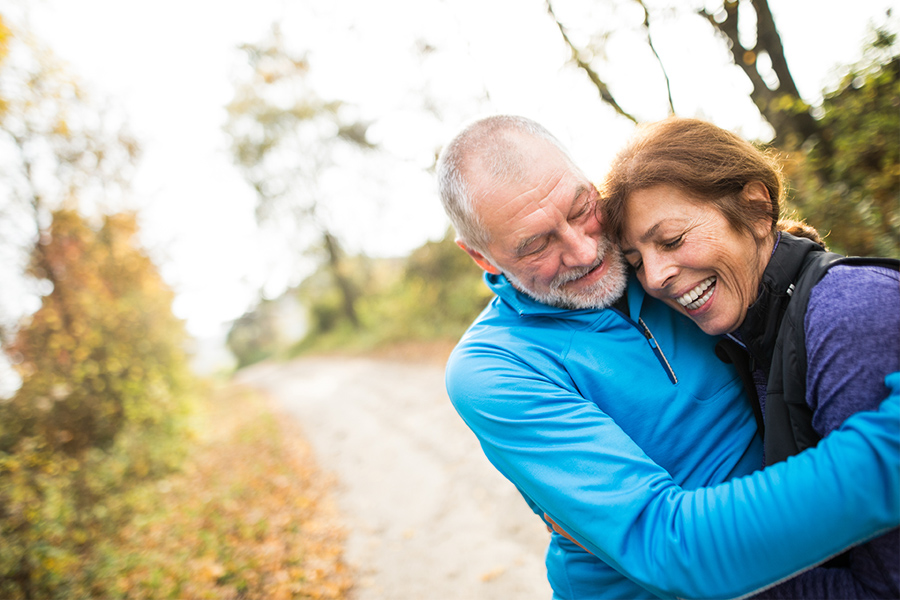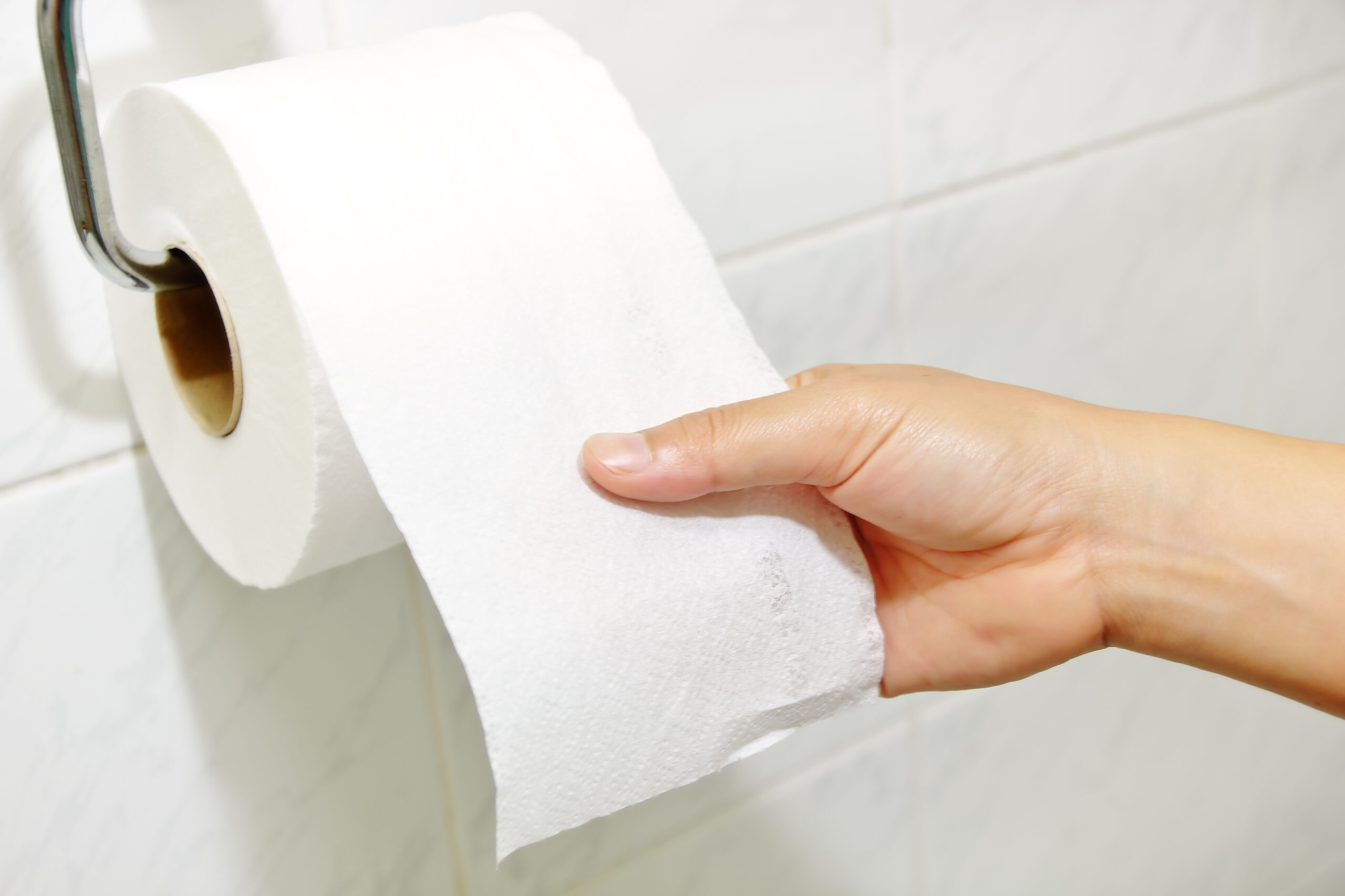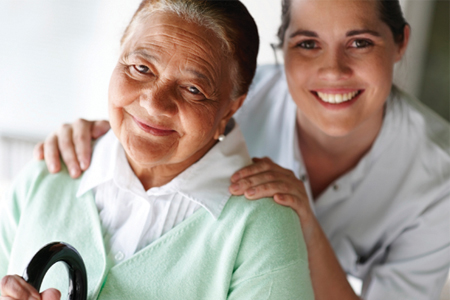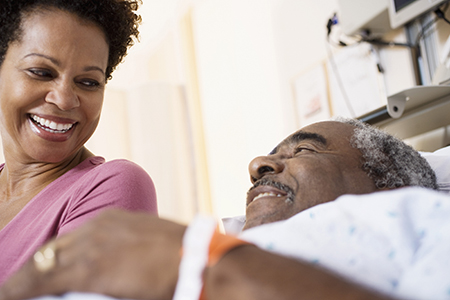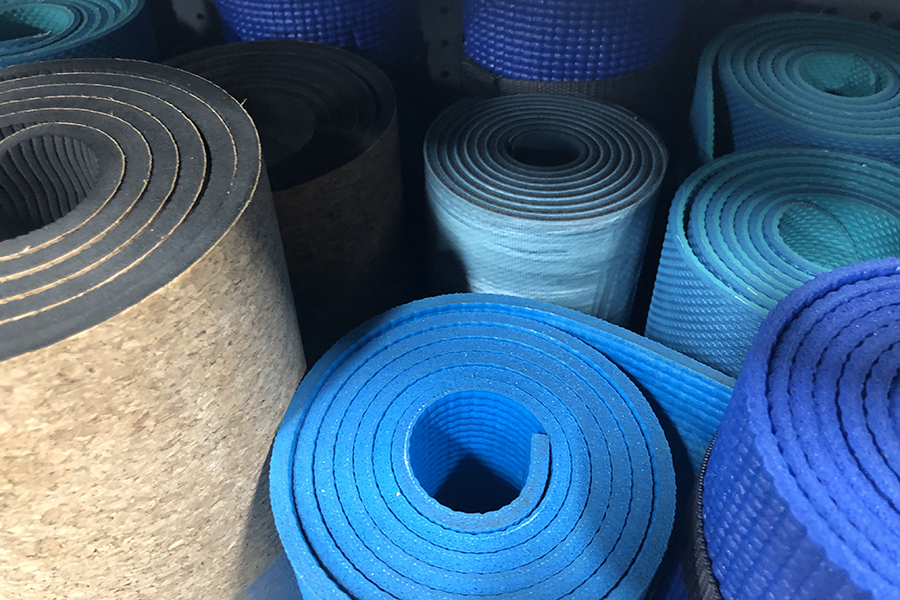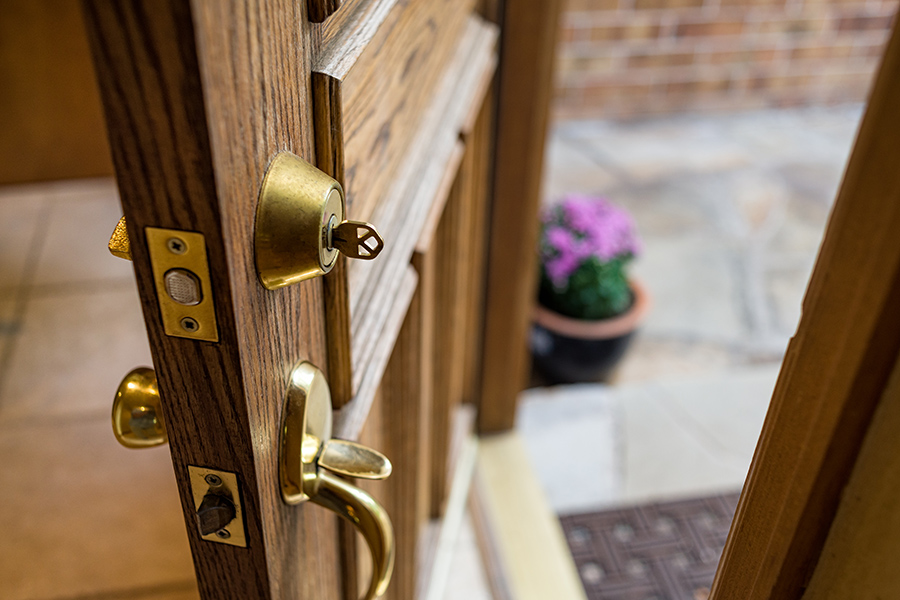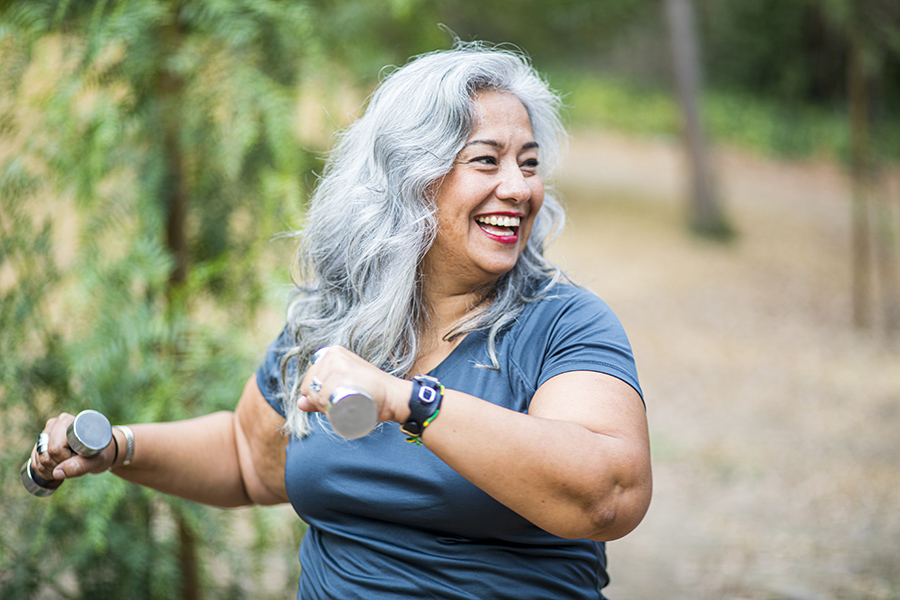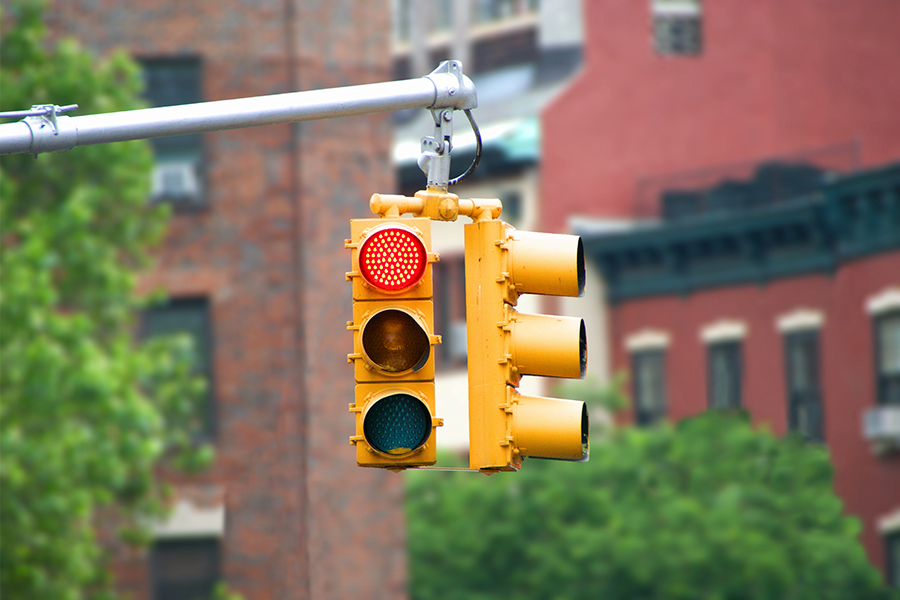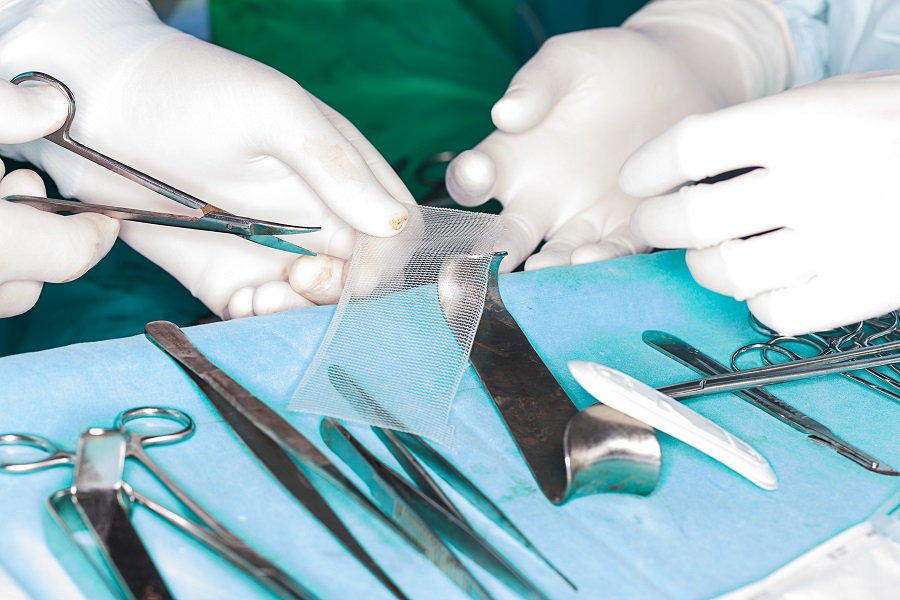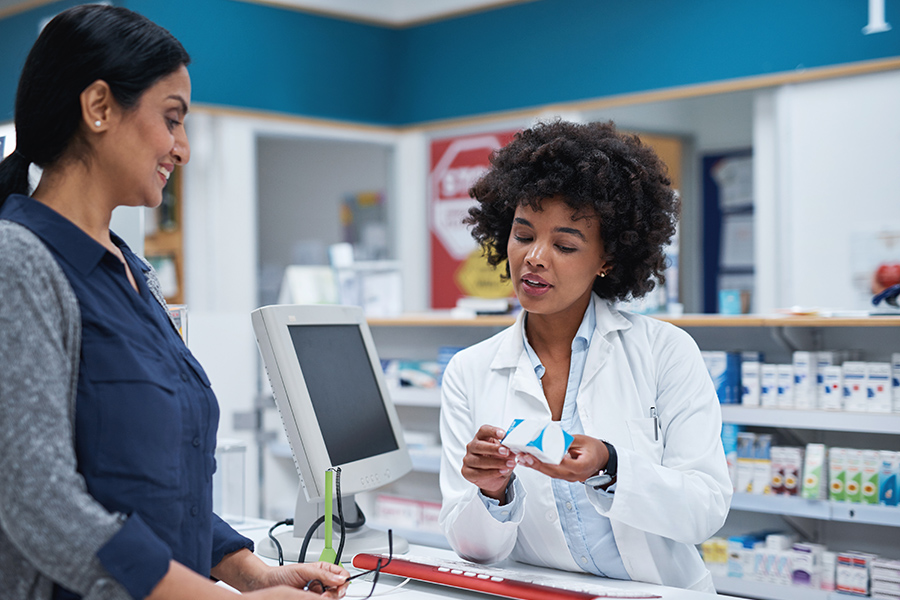Certain foods and drinks have been associated with worsening symptoms of urinary frequency, urgency, urge incontinence, or bladder pain. If you suffer from any of these conditions, you may wish to try eliminating one or more of these foods from your diet and see if your symptoms improve. If bladder symptoms are related to dietary factors, strict adherence to a diet that eliminates the food should bring marked relief in 10 days. Once you are feeling better, you can begin to add foods back into your diet, one at a time. If symptoms return, you will be able to identify the irritant. As you add foods back to your diet it is very important that you
drink significant amounts of water.
List of Common Bladder Irritants*
- Alcoholic beverages
- Apples and apple juice
- Cantaloupe
- Carbonated beverages
- Chili and spicy foods
- Chocolate
- Citrus fruit
- Coffee (including decaffeinated)
- Cranberries and cranberry juice
- Grapes
- Guava
- Milk Products: milk, cheese, cottage cheese, yogurt, ice cream
- Peaches
- Pineapple
- Plums
- Strawberries
- Sugar especially artificial sweeteners saccharin, aspartame, corn sweeteners, honey, fructose, sucrose, lactose
- Tea
- Tomatoes and tomato juice
- Vitamin B complex
- Vinegar
*Most people are not sensitive to ALL of these products; your goal is to find the foods that make YOUR symptoms worse Low-acid fruit substitutions include apricots, papaya, pears and watermelon. Coffee drinkers can drink Kava or other low-acid instant drinks. Tea drinkers can substitute non-citrus herbal and sun brewed teas. Calcium carbonate co-buffered with calcium ascorbate can be substituted for Vitamin C. Prelief is a dietary supplement that works as an acid blocker for the bladder.
Where to get more information:
• Overcoming Bladder Disorders by Rebecca Chalker and Christine E. Whitmore, HarperCollins, 1990
• You Don’t Have to Live with Cystitis! By Larrian Gillespie, Avon, 1988
Source: The Johns Hopkins Women’s Center for Pelvic Health
Request a FREE Living Well with Incontinence Guide
We developed this guide to answer some of the most frequently asked questions about living with incontinence. Here you’ll find information on the different types of incontinence, key product types for incontinence care, the importance of skin care, fall prevention strategies, lifestyle tips and more.
Click here to request your free copy of Living Well with incontinence






